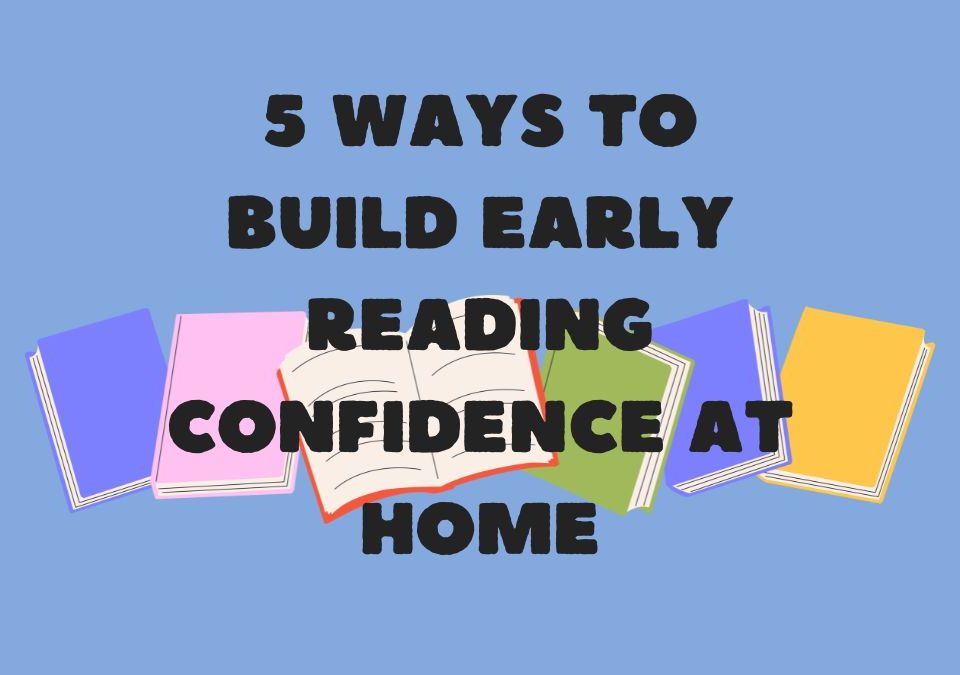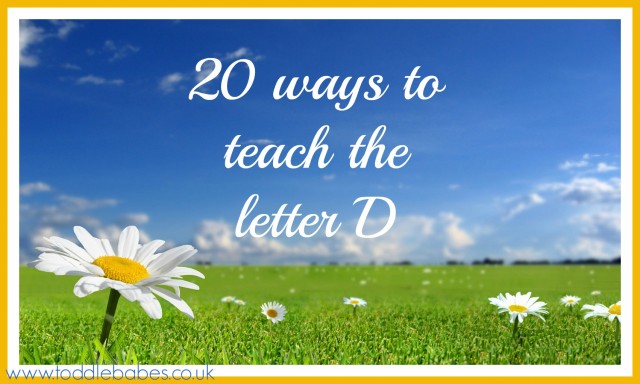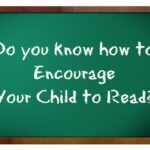
Encouraging Your Child to Read
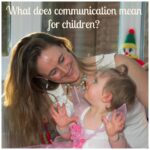
The Importance of Parents and Carers in Developing Communication
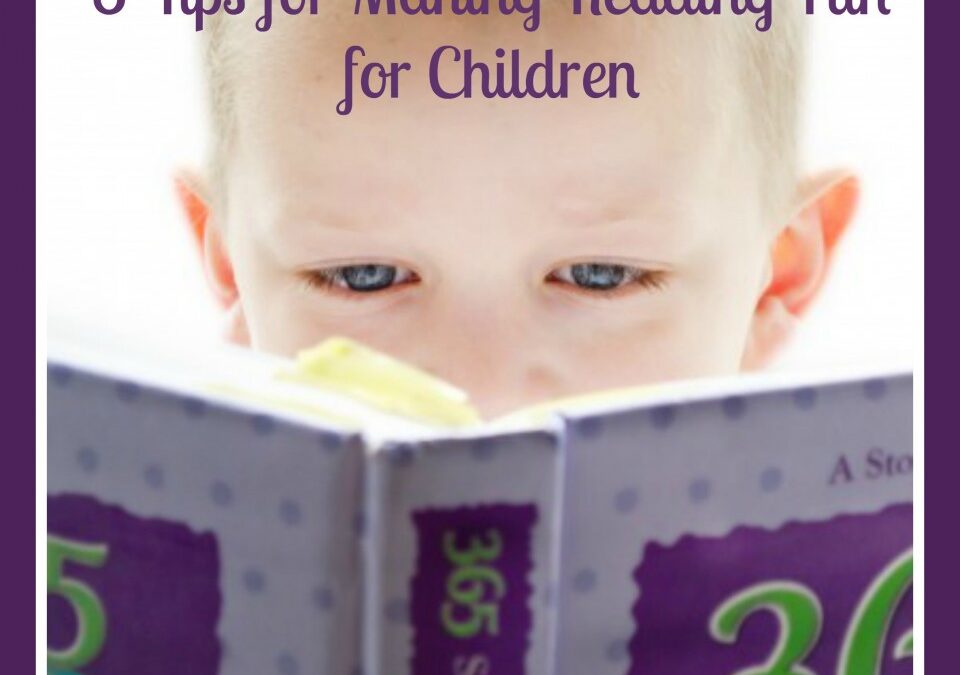
Little children love books… so take advantage of their natural interest and get them into the habit of reading . Here’s a quick guide to getting them started.
Encouraging Your Toddler
- Read a variety of books to your toddler. Toddlers enjoy books about animals, the alphabet, and children their age. Rhyming books are also popular with children this age.
- Let the toddler choose which book he wants you to read.Keep in mind that not every book a child becomes interested in will be a favourite of yours. Even if the book doesn’t seem very interesting to you, your toddler may enjoy hearing the story over and over again.
- Talk to your toddler as you read a book. While you and your toddler read together, try labeling objects on a page, talking about the pictures, or taking turns telling the story. As you read, remember to stop every now and then and give your toddler time to focus on pages that are interesting to her. These interactions will also provide you with a window into your child’s interests, fears, and wishes.
- As you read, take your cues from your toddler. It is OK if your toddler only wants to talk about the pictures or skip pages of the book. To make stories more interesting, you may want to change words or substitute the name of your child for one of the characters. What is most important is that you and your toddler have fun as you explore the world of books together. Allow the toddler to explore the book. If the toddler wants to turn the pages on his own, keep in mind that you don’t have to read every page in its exact order.
- Build reading into everyday routines. Whether it’s at naptime or after dinner as a family, incorporating reading into daily events firmly establishes reading as a part of your toddler’s life. An important part of reading together is the physical closeness between adult and child. Toddlers love to be read to on a loving adult’s lap or tucked into their bed with their parent right beside them. Make reading a part of the bedtime ritual. Have a special collection of bedtime books for the toddler to choose from.
- Enjoy alphabet books together to introduce letters. Keep in mind that the emphasis in reading alphabet books is not to “teach” the alphabet. Start by choosing books about things your toddler is interested in and books with engaging pictures. Reading these books together will provide you and your child with an opportunity to talk about the letters, their shapes, and familiar things associated with the letter, such as “B is for Bear.” In talking about the letters, their shapes and sounds, your child will begin to learn about how letters and sounds go together.
- Draw your toddler’s attention to the printed words and letters he sees while doing everyday things. Simply through exposure to print, older toddlers may begin to recognize very familiar signs, labels, and names. As you bring your car to a halt at a stop sign, point and say, “Look, it’s a stop sign. I have to stop. The sign says STOP!” Pretty soon, your child will recognize the sign and tell you to stop. Pointing out signs and other ways writing is used in the environment will help your child begin to develop an understanding of the uses of print and build a foundation for reading. Make use of colour books during playtime. Say the name of each colour, show the toddler the picture of the colour, and have her find a toy or block that is the same colour. This can also be done with books on shapes.
- Use different voices for each character. Change your pitch to capture the toddler’s attention.
- Don’t get upset with the toddler if she wants to play with her toys while you are reading. The important thing is that you are reading to her. In time, she will learn to sit and listen during story time
Reading aloud is also an important way to help children make the transition from babyhood to toddlerhood.
Experts recommend reading to toddlers as often as possible, striving for at least one scheduled reading time each day. Choosing regular times to read (especially before naps and bedtime) helps kids learn to sit with a book and relax. But you can read anytime your child seems in the mood.
Here are some tips to make reading fun and interesting for your toddler.
- Read whatever books your toddler asks for, even if it’s the same book every night for weeks and weeks (and weeks and weeks).
- Read slowly enough for your toddler to understand.
- Read expressively, using different voices for different characters and raising or lowering your voice as appropriate.
- Use puppets, finger plays (like the “Itsy Bitsy Spider”), or props while you read.
- Encourage your toddler to clap or sing when you read rhythmic, sing-song books.
- Talk about the illustrations. Point to items and name them. Then ask your child to name them with you and offer enthusiastic praise.
- Ask open-ended questions — “Why do you think the lion is going into the woods? What do you think will happen next?” This encourages your child to think about the story and to ask questions.
- Substitute your child’s name for the name of a character in the book
Studies show that kids with active exposure to language have social and educational advantages over their peers — and reading is one of the best exposures to language
Remember that reading to your child is just one way to encourage emergent literacy. You can also:
- limit TV
- talk to your child throughout the day
- sing songs together
- play rhyming games
- and make up your own stories together.
Don’t forget to provide paper and crayons so your child can practice writing too!
Toddlers from 24 to 36 months are beginning to be able to turn paper pages, so this is a good time to expand beyond board books. They’re also beginning to understand the mechanics of reading and like books that are repetitive and easy to memorize so that they can “read” along.
By now you will start to know what your child’s interests are — whether trains, trucks, or stuffed bears, find books about these things of interest. Kids this age also like books about children, families, and animals.
Toddlers love to look at homemade books, scrapbooks, or photo albums full of people they know (try adding simple captions). Poetry and songbooks are good choices for this age group too. You may find that story time turns into sing-along time
You don’t need games, flashcards, or special instruction for a toddler gain these skills. Just reading to your child as often as possible is the best way to help him or her learn to read independently.

I am a preschool and primary school teacher and mum to 3 children. I have been involved in education since 1997 and have trained in a variety of educational specialist areas. It is with this expertise that I write articles to help parents and educators provide quality learning experiences for the children in their care.


